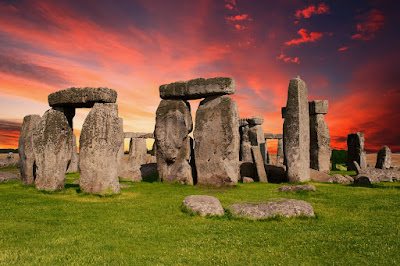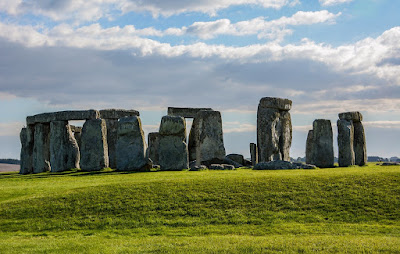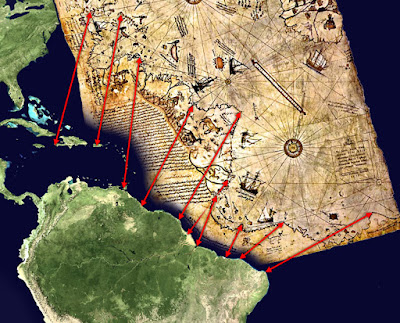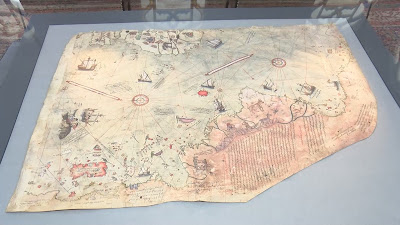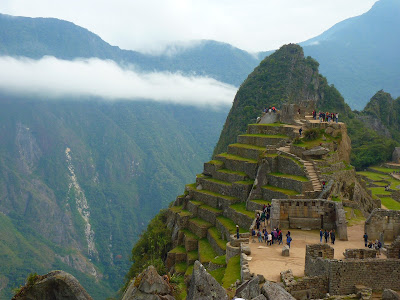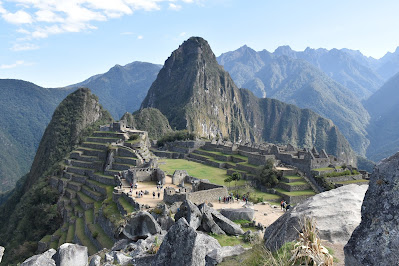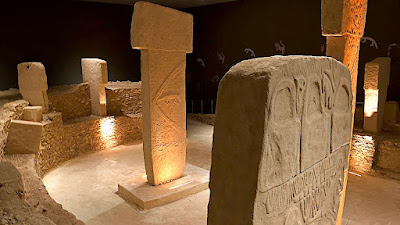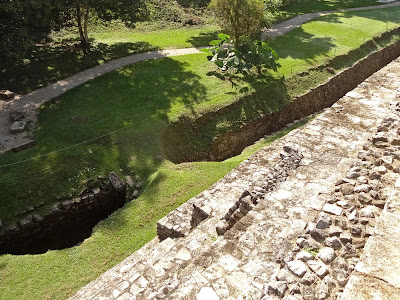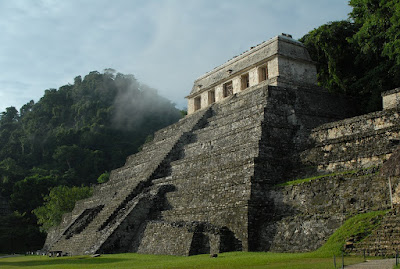Stonehenge, an ancient monument shrouded in mystery, continues to captivate the world. Recently, a significant event unfolded as Robert Phillips, involved in an excavation back in 1958, returned a cylindrical piece of Stonehenge that he had kept for over six decades. This unexpected reunion has sparked renewed interest in the origins of the iconic stones and the secrets they hold.
Archaeologists believe that the returned core could provide valuable insights into the origins of the massive Sarsen stones that form Stonehenge's outer structure. By analyzing its chemical composition, researchers hope to uncover the precise locations from which these enormous stones were sourced. Initial results indicate that the Sarsen stones may have come from multiple locations, challenging previous assumptions.
 |
| Credit: English Heritage |
Stonehenge's construction, spanning over 5,000 years, reveals a complex history. While the bluestones, smaller rocks at the center, were transported from Wales over 100 miles away, the origin of the larger Sarsen stones remains largely unknown. The "pristine" core returned by Phillips offers a pristine glimpse into the stones' composition, potentially unraveling their ancient origins.
The significance of this returned core extends beyond a single piece. English Heritage, the organization responsible for Stonehenge's preservation, is actively seeking two other missing cores. The hope is that these additional pieces will resurface, further enriching our understanding of Stonehenge's history and construction.
 |
| Credit: English Heritage |
Phillips' decision to return the stone on the eve of his 90th birthday highlights the enduring allure of Stonehenge and the desire to contribute to its ongoing exploration. As the investigation into Stonehenge's "DNA" continues, researchers eagerly anticipate uncovering more secrets hidden within the ancient stones.
Stonehenge stands as a testament to human ingenuity and the mysteries of our ancient past. As we delve deeper into the enigma that is Stonehenge, every returned fragment, every discovered clue, brings us closer to unravelling the ancient secrets preserved within this iconic site.
History of Stonehenge
Stonehenge is a prehistoric monument located in Wiltshire, England. Its construction took place in several stages, starting around 5,000 years ago. The site consists of a circular arrangement of massive standing stones, with some weighing up to 25 tons. The monument is divided into an outer ring of vertical Sarsen stones and an inner ring of smaller bluestones.
The purpose and significance of Stonehenge remain a subject of debate among scholars. It is widely believed to have served as a ceremonial and religious site, potentially aligned with astronomical events. The monument's alignment with the solstices suggests its connection to ancient sun worship or a calendar system.
Stonehenge's construction required immense effort and technical skill, considering the transportation and arrangement of the massive stones. The bluestones were transported from Preseli Hills in Wales, over 100 miles away, while the Sarsen stones were sourced from nearby Marlborough Downs. The methods used to move and lift these stones in prehistoric times remain a fascinating mystery.
Over the centuries, Stonehenge underwent various modifications and additions. Its final form features large lintels placed on top of the standing stones, creating the iconic stone arches. The monument's construction spanned generations, showcasing the dedication and cultural significance it held for the ancient people who built it.
Today, Stonehenge is a UNESCO World Heritage site and a popular tourist destination. It continues to captivate visitors with its grandeur and enigmatic history. Extensive research, including archaeological excavations and scientific analysis, has shed light on aspects of Stonehenge's construction, use, and cultural context. However, many questions about its exact purpose and the beliefs of its builders remain unanswered, leaving room for ongoing speculation and wonder.
